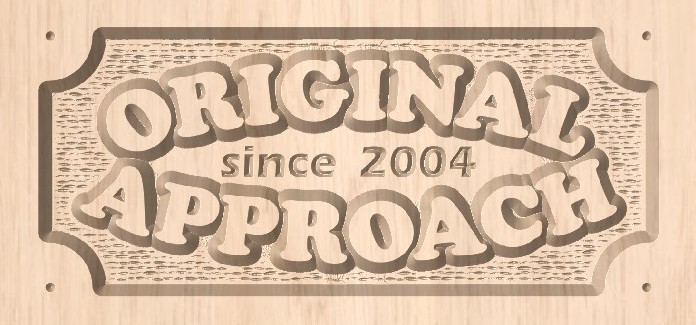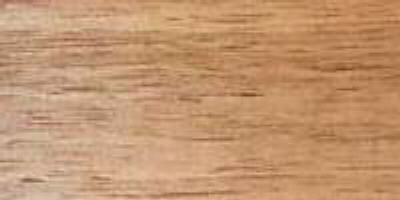|
Historically, butternut was considered an excellent source of nuts, for both oil and fabric dye applications. Even the sap was collected and made into syrup. More recently, butternut has been recognized as a great craftwood and a superior species for intricate wood carving. The fact that it carves easily AND has a beautiful appearance encouraged many churches to have elaborate doors and interior millwork carved out of wood from the butternut tree. It has been used in furniture, paneling and small craft work. Its use has been mostly limited by its lack of availability. Rarely do you find it in anything but a fine wood dealer's showroom.
The Tree: Juglans cinerea
Butternut is a member of the walnut family. It has historically been referred to as American white walnut or oil nut. It grows predominately in central and eastern part of North American, with a limited number of trees in Southeast Canada. The tree is of average height and diameter, rarely more than 2' in diameter. It produces oily nuts, as do walnut trees, that drop in the fall time with the leaves. It grows randomly in the forest, and never in large quantity.
Wood Description:
The sapwood of the butternut is almost white and usually quite narrow. The heart wood is light brown, often with pinkish tones variegated with different shades of brown….. quite pretty. It displays quite a satiny sheen. It is relatively light weight for most domestic hardwoods, has a straight coarse grain and rather weak in bending strength. Once dry the wood is very dimensionally stable.
Weight: 27 lbs per cu.ft.
Finishing:
It is a very easy wood to finish, much like its cousin, walnut. Wiping with a damp cloth, raising the grain and sanding before the first coat of lacquer, might help in attaining a perfect finish, faster. Due to its softness, you must be particularly diligent in making sure it does not get dented in the process. You may be successful with an iron and damp cloth, to raise the dent, if this does in fact happen.
Machining:
Butternut works easily with both hand and power tools. It has very limited dulling effects. It will rarely leave burn marks but can tear out when routing across the grain. If you do the ends of your board first and then the sides the tear out will usually be eliminated by the side routing. You must be particularly careful to not leave cross grain scratches and always finish off sanding with the grain. Butternut glues and stains easily. The coarse grain of the butternut, requires sharp chisels when turning on the lathe.
|




